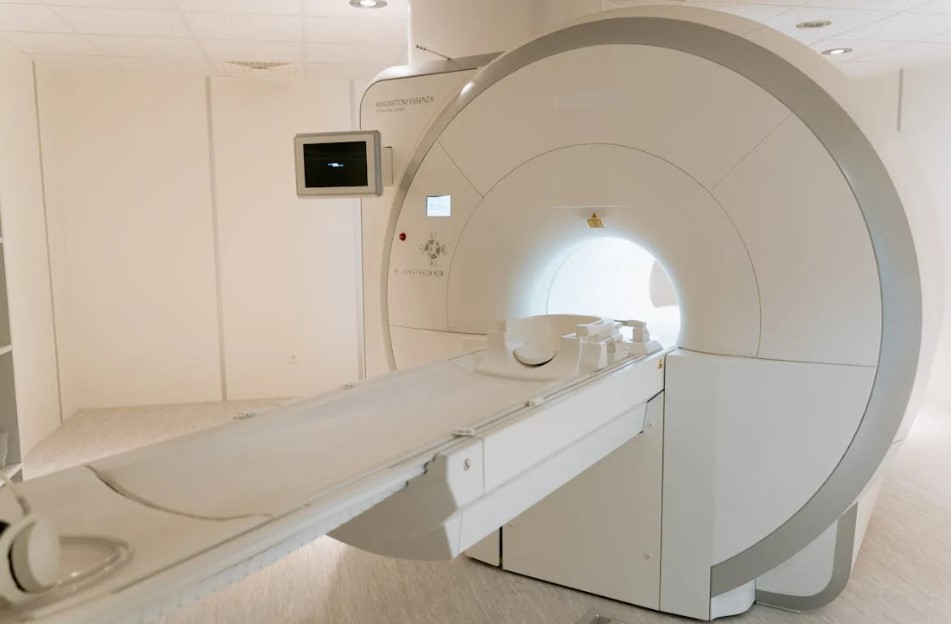30
Jul 2025
Lightweight Mobile CT Scanner Could Transform Rural Healthcare Access
Published in General on July 30, 2025

Residents in Australia’s regional and remote communities often face long waits—or dangerous transfers—to reach hospitals equipped with CT scanners. But a new initiative led by Monash University’s Design Health Collab, together with Micro‑X and Johns Hopkins University, promises to bring full-body imaging directly to remote towns and clinics.
Why This Matters
Access to CT scans can mean the difference between life and death—especially for head trauma, stroke, cancer follow-up, or internal injuries. Yet most rural health centres lack this capability, forcing patients to endure lengthy, risky trips to major hospitals.
As Sue Carroll, the nurse manager at Swifts Creek Bush Nursing Centre (nearly 400 km from Melbourne), puts it:
“Time is critical… you need them moved immediately.”
This new lightweight CT scanner is specifically designed to tackle that delay and disruption.
The Innovation: Compact, Vehicle-Compatible CT
- Weighing just 225 kg, the scanner uses Micro‑X’s Nano Electronic X-ray (NEX) technology. That’s a drastic reduction compared to traditional CT scanners—typically over 2 tonnes.
- By contrast, existing mobile CT trailers weigh hundreds of kilograms and require large vehicles and infrastructure. This compact design enables CT hardware to fit inside standard-sized vans or ambulances.
The lightweight design doesn’t sacrifice quality, using carbon nanotube emitter technology to deliver high-resolution, hospital-grade scans, even at lower radiation doses.
How It Works in Practice
This model can operate in two ways:
- On-demand mobile units, akin to ambulance callouts.
- Scheduled regional rotations, like breast-screening vans, visit remote communities to provide regular diagnostic scans.
Clinics in towns like Omeo and Swifts Creek could then access CT imaging without long-distance transfers.
Patients and community leaders enthusiastically support this innovation—and see its broad potential.
Global & Policy Support
The project is funded by a US$16.4 million (≈ A$25 million) contract from the ARPA‑H PARADIGM program, aimed at scaling rural healthcare delivery through mobile platforms. Monash University is one of twelve international teams selected.
While the current design is targeted at U.S. clinical trials (beginning as early as 2029), Monash researchers express strong interest in adapting the technology for Australian deployment.
Why It Matters for Outback Healthcare
Australia’s "postcode health inequality" is stark: fewer than 20% of radiologists and 17% of imaging technologists practice outside major cities. Rural residents can wait three to six hours longer for imaging, especially after strokes—delays that significantly impact recovery outcomes.
If implemented locally, the lightweight CT scanner could:
- Reduce out-of-town transfers and delays
- Provide early detection for diseases like cancer or head injuries
- Enable non-specialist clinicians to operate imaging—with minimal training
- Bring consistency and equity to healthcare access across Australia
Challenges & Next Steps
While the potential is huge, a few factors remain to be addressed:
- Clinical validation of image quality and diagnostic reliability compared to hospital CT units
- Radiation safety protocols and licencing for operating in field settings
- Power and connectivity infrastructure in rural areas
- Training of generalist operators, given scarce specialist staffing in remote towns
Dr Nyein Chan Aung from Monash’s Design Health Collab emphasises that the scanner is being rebuilt from the ground up—with design tailored for clinical use by generalists in austere environments.
Looking Ahead
By 2029, ARPA-H trials in the U.S. will begin. With strong interest from Australian public health systems, the technology may arrive Down Under within the next few years—if partnered with funding and regulatory support.
If it achieves clinical rollout in regional Australia, the scanner could be integrated into:
- Mobile clinics and screening vans
- Helimed units and ambulances equipped for stroke care
- Pop-up diagnostic services in remote communities
This innovation holds the promise of ending the days when living in a rural postcode equals compromised healthcare access.
The development of this ultra-light mobile CT scanner is a breakthrough for healthcare access—and a model for bridging the gap between hospital services and remote communities. With continued partnerships and funding, Australia may soon witness hospital-level diagnostic care delivered directly into the bush.
To fully realise this vision, collaboration will be essential—not only between technology developers and healthcare providers, but also across state and federal health departments. Partnerships that include logistical support and investment in hospital stay accommodation near regional hubs will also be key. These accommodations allow families of rural patients to stay close during treatment, bridging another critical gap in the care journey.









